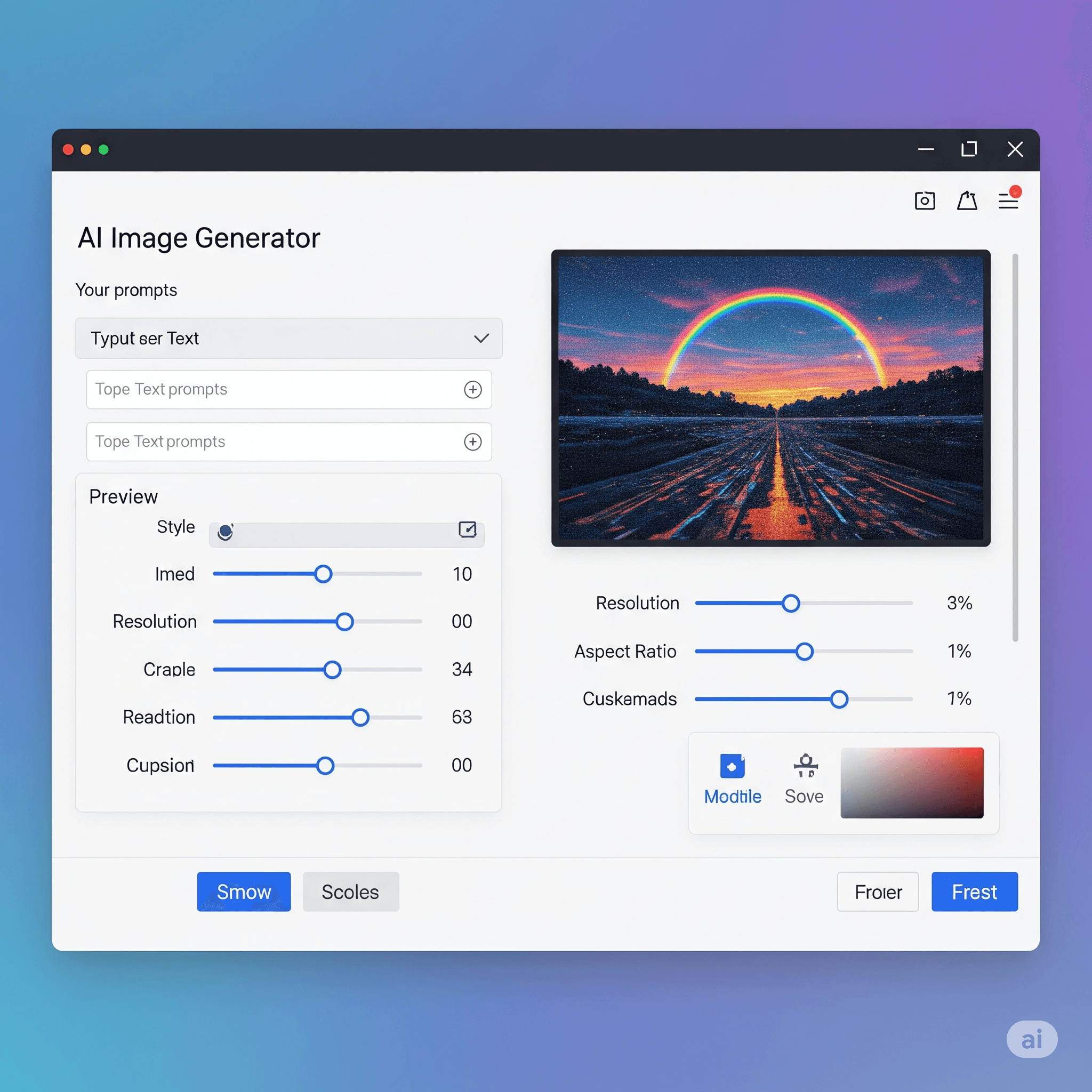Question: What is Domain Name System (DNS) protocol?
Answer:
The Domain Name System (DNS) protocol is a fundamental part of the internet infrastructure that translates human-readable domain names into their corresponding IP addresses. It serves as a decentralized naming system, providing a hierarchical structure for organizing and resolving domain names.
The DNS protocol works on the client-server model. When a user enters a domain name into a web browser or any network application, the client application sends a DNS query to a DNS resolver or DNS server. The resolver/server then searches for the IP address associated with the requested domain name.
The DNS operates through a distributed network of DNS servers, which store and manage domain name records. These servers are organized hierarchically into different levels:
1. Root Servers: At the top level of the hierarchy are the root servers. They maintain a list of authoritative servers for each top-level domain (TLD), such as .com, .org, or country-specific TLDs like .uk or .jp.
2. TLD Servers: The TLD servers are responsible for specific top-level domains. For example, the .com TLD servers handle domain names ending with .com, while the .org TLD servers handle domain names ending with .org.
3. Authoritative DNS Servers: At the lowest level, there are authoritative DNS servers that hold the DNS records for individual domain names. These servers are responsible for providing the IP address associated with a particular domain name.
When a DNS resolver receives a query, it follows a recursive process to find the IP address:
1. The resolver starts by querying one of the root servers to identify the TLD server responsible for the requested domain name.
2. The resolver then queries the TLD server to obtain the authoritative DNS server for the specific domain.
3. Finally, the resolver queries the authoritative DNS server to get the IP address associated with the domain name and returns it to the client application.
The DNS protocol ensures that users can access websites and services using user-friendly domain names rather than remembering and typing numerical IP addresses. It plays a vital role in translating domain names into IP addresses, facilitating the proper functioning of internet communication and enabling users to browse the web and access online resources easily.
MCQ: To change <strong>[email protected]</strong> to an IP address, we should use the _______ protocol
Explanation:
The Domain Name System (DNS) protocol is a fundamental part of the internet infrastructure that translates human-readable domain names into their corresponding IP addresses. It serves as a decentralized naming system, providing a hierarchical structure for organizing and resolving domain names.
The DNS protocol works on the client-server model. When a user enters a domain name into a web browser or any network application, the client application sends a DNS query to a DNS resolver or DNS server. The resolver/server then searches for the IP address associated with the requested domain name.
The DNS operates through a distributed network of DNS servers, which store and manage domain name records. These servers are organized hierarchically into different levels:
1. Root Servers: At the top level of the hierarchy are the root servers. They maintain a list of authoritative servers for each top-level domain (TLD), such as .com, .org, or country-specific TLDs like .uk or .jp.
2. TLD Servers: The TLD servers are responsible for specific top-level domains. For example, the .com TLD servers handle domain names ending with .com, while the .org TLD servers handle domain names ending with .org.
3. Authoritative DNS Servers: At the lowest level, there are authoritative DNS servers that hold the DNS records for individual domain names. These servers are responsible for providing the IP address associated with a particular domain name.
When a DNS resolver receives a query, it follows a recursive process to find the IP address:
1. The resolver starts by querying one of the root servers to identify the TLD server responsible for the requested domain name.
2. The resolver then queries the TLD server to obtain the authoritative DNS server for the specific domain.
3. Finally, the resolver queries the authoritative DNS server to get the IP address associated with the domain name and returns it to the client application.
The DNS protocol ensures that users can access websites and services using user-friendly domain names rather than remembering and typing numerical IP addresses. It plays a vital role in translating domain names into IP addresses, facilitating the proper functioning of internet communication and enabling users to browse the web and access online resources easily.
Discuss a Question
Related Questions
- 1. EDI (Electronic Data Interchange) use
- 2. EDI (Electronic Data Interchange) over internet uses
- 3. For secure EDI (Electronic Data Interchange) transmission on internet
- 4. EDI (Electronic Data Interchange) standard
- 5. By security in e-Commerce we mean </br> (i) Protecting an organization’s data resource from unauthorized access</br> (ii)Preventing disasters from happening </br> (iii) Authenticating messages received by an organization </br> (iv) Protecting messages sent on the internet from being read and understood by unauthorized persons/organizations</br>
- 6. A firewall is a
- 7. A firewall may be implemented in
- 8. Firewall as part of a router program
- 9. Main function of proxy application gateway firewall is
- 10. Proxy application gateway </br> (i) acts on behalf of all intranet users wanting to access internet securely </br> (ii)monitors all accesses to internet and allows access to only specified IP addresses </br> (iii) disallows use of certain protocols with security problems </br> (iv) disallows all internet users from accessing intranet </br>
You may be interested in:
Web Fundamental MCQs






